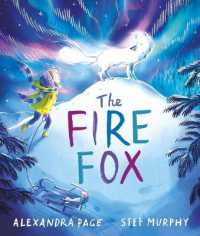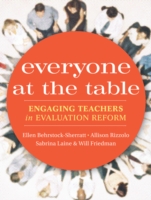- ホーム
- > 洋書
- > 英文書
- > Literary Criticism
Full Description
Tracing the development of horror entertainment since the late 18th century, this study argues that scientific discovery, technological progress, and knowledge in general have played an unparalleled role in influencing the evolution of horror. Throughout its many subgenres (biological horror, cosmic horror and others) and formats (film, literature, comics), horror records humanity's uneasy relationship with its own ability to reason, understand, and learn. The text first outlines a loose framework defining several distinct periods in horror development, then explores each period sequentially by looking at the scientific and cultural background of the period, its expression in horror literature, and its expression in horror visual and performing arts.
Contents
Table of Contents
Preface
Introduction: From Prometheus to Faust
Part I. Darkness and Enlightenment: The Gothic and Its Aftermath (c. 1750-c. 1845)
1. Science and Society
2. Literary Developments
3. Horror in the Arts
Part II. Between God and Beast: Biological Horror (c. 1815-c. 1900)
4. Science and Society
5. Literary Developments
6. Horror in the Arts
Part III. The Ghost in the Machine: Spiritualist Horror (c. 1865-c. 1920)
7. Science and Society
8. Literary Developments
9. Horror in the Arts
Part IV. Terror from Outside: Cosmic Horror (c. 1895-c. 1945)
10. Science and Society
11. Literary Developments
12. Horror in the Arts
Part V. The Age of Alienation: Psycho-Atomic Horror (c. 1940-c. 1975)
13. Science and Society
14. Literary Developments
15. Horror in the Arts
Part VI. The Human Machine: Body Horror (c. 1965-c. 2000)
16. Science and Society
17. Literary Developments
18. Horror in the Arts
Part VII. A Failure of Free Will: The Horror of Helplessness (c. 1990-present)
19. Science and Society
20. Literary Developments
21. Horror in the Arts
Conclusion
Appendix: Does War Make Horror Movies?
Chapter Notes
Selected Bibliography
Index






